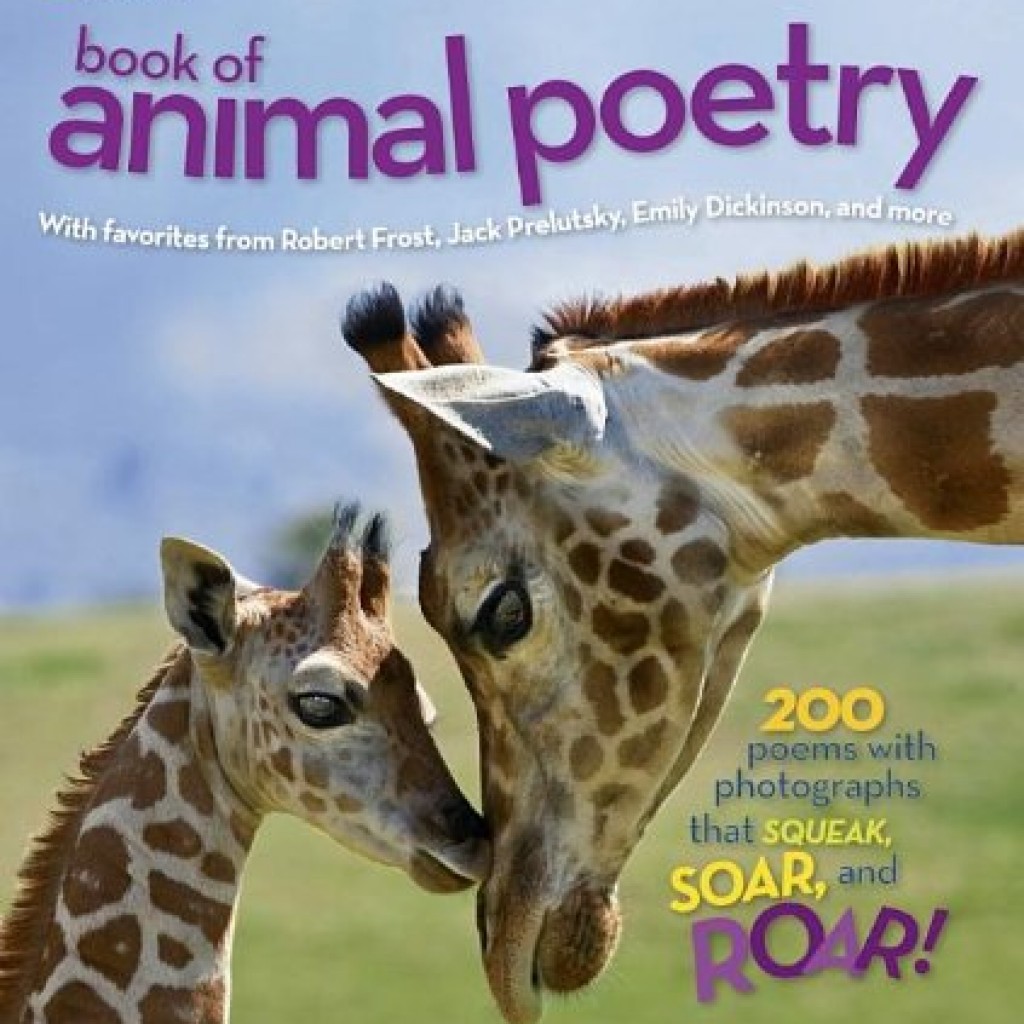The focus of this reading is the text.There will be opportunities in this reading to connect the information in the photographs to the information in the poetry. Making these connections will help to add meaning to the poetry. Make connections to the inferences you made about the photographs from the FIRST READING.
*Before you begin to read the poems, talk about poetry. It is a special form of writing that a writer (poet) uses when wanting to create a special feeling or an idea. It looks different than a story, having a special form of usually a few words on a line. Sometimes it has a rhythm, a rhyme, or both.
*When reading a poem, always read it several times to find the best phrasing to draw out the poem’s meaning. Pay attention to the punctuation. Usually, the poet wants you to pause at the punctuation marks, not at the end of a line. However, sometimes a poet will throw a tricky line in the poem where it makes sense to stop at the end of the line instead of continuing to the next punctuation mark. Reading a poem a couple of times is necessary to determine where the “stops” are to be. Read the poems a couple of times before you discuss the poetry. You’ll discover the phrasing that makes the meaning of the poem clear to you. Below you’ll see a couple of poems modeled. The different fonts illustrate the words and lines that I think go together. I am using both the punctuation and the end of the line to construct the phrasing that I like best.
*Always read the text before you ask the questions.
Page 43: “Grasshoppers Three”
In this short poem, the rhythm and rhyme seem to indicate pausing both at the end of the lines and at the punctuation marks. Try reading it a couple of ways to get the best meaning.
Grasshoppers three a-fiddling went,
Hey-ho,
never be still!
They paid no money toward their rent
But all day long with elbow bent They fiddled a tune called “Rill-a-be, rill-a-be”
Fiddled a tune called “Rill-a-be-rill.”
Sample discussion of this poem:
~What details from the photograph are mentioned in the poem?
~What might the poet mean are the grasshoppers elbows?
~Do grasshoppers fiddle a tune?
~What might the poet be saying about grasshoppers?
Page 45: “Little Fish”
In this short poem, it makes sense to me to stop at the punctuation marks. There are five lines, but three ideas.
The tiny fish enjoy themselves in the sea.
Quick little splinters of life,
their little lives are fun to them in the sea.
Sample discussion of this poem:
~Why might these tiny fish enjoy themselves in the sea?
~Do you see anything in the photograph that could be fun for little fish?
~Why does the poet call the fish “Quick little splinters of life”?
Page 46: “The Caterpillar”
The punctuation seems to enhance the phrasing of this poem. Try reading the poem a couple of different ways to see what you think.
The caterpillar’s not a cat.
It’s very small And short and fat,
And with those beady little eyes Will never win a beauty prize.
The caterpillar’s brain is small—
It only knows to eat and crawl.
But for this creepy bug don’t cry,
It soon will be a butterfly.
Sample discussion of this poem:
~Does the poet think a caterpillar is a cute animal? Find words in the poem to support your answer.
~Does the poet want us to be sad for the small, fat caterpillar with a small brain? Find words in the poem to support your answer.

